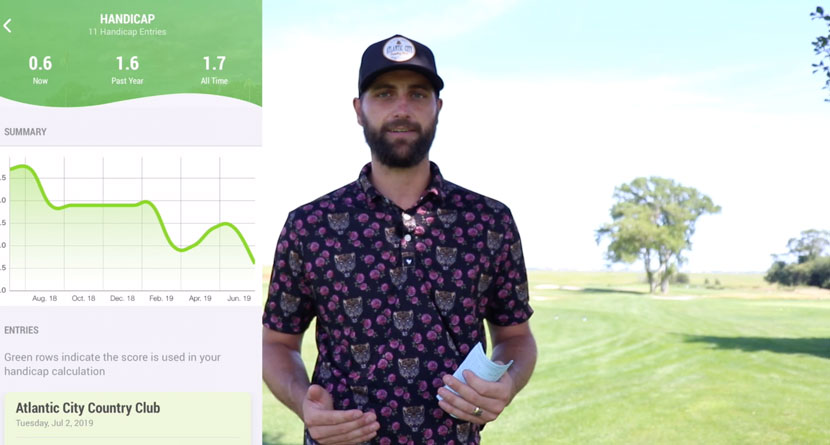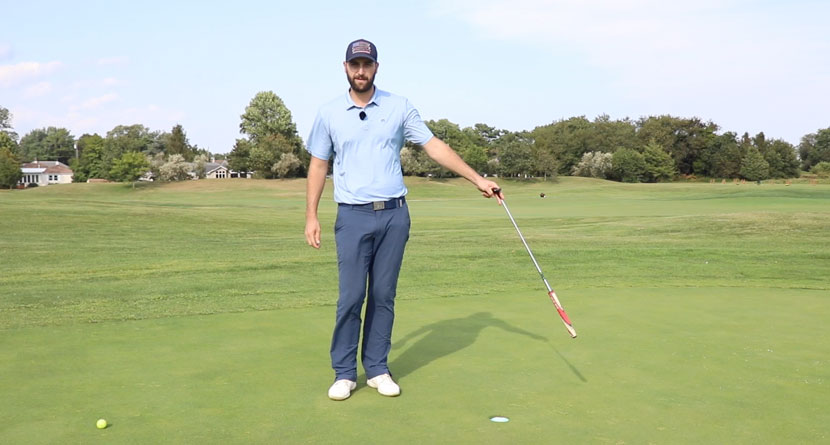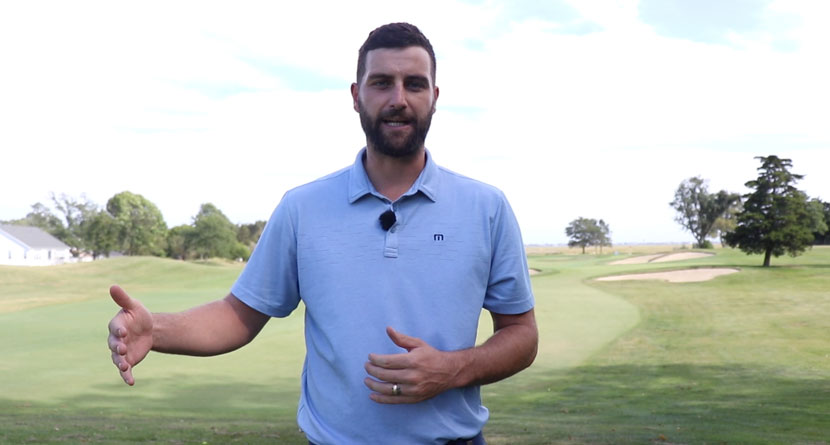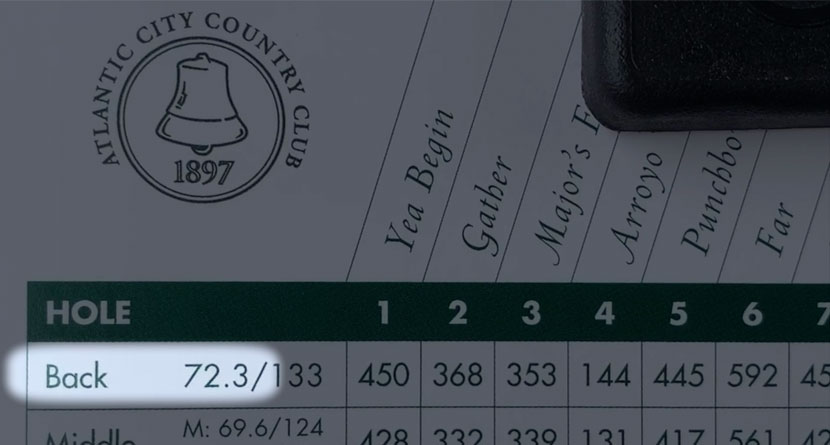We’ve all been there… you hit your tee shot right into the fairway next to you and a group two holes ahead picks it up thinking they have a free golf ball. Under the previous rules, you would be required to drop your ball as close to the original spot as possible. But as of January 2019, you will be required to place your ball rather than dropping.
Under Rule 14.2c, in that same situation:
- The ball will always be placed on a spot rather than being dropped.
- If the exact original spot is not known, the player will be required to replace the ball on its estimated spot (including on, under or against any attached natural objects that the ball had been at rest on, under or against).
Reasons for Change:
A fundamental principle of golf is to play the ball as it lies; so this should mean that, when a ball at rest is moved, it should be returned to and played from its original spot or as close to that original spot as possible.
When a player marks the ball’s spot with a ball-marker before lifting the ball, the original spot is known and the ball is replaced on the marked spot.
But when a ball is accidentally moved, the player may not know the exact original spot:
- Currently, if the ball was at rest anywhere off the putting green, the player must drop the ball as near as possible to its estimated spot and play the ball from where it comes to rest (unless it rolls to where it must be re-dropped under Rule 20-2c).
- This means that the ball will often not be played from the estimated spot, as the dropped ball is allowed to roll as much as two-club lengths away from that spot.
- It also means that the ball may end up being played from a better or worse lie than the original lie (such as when the original spot was in the rough and the dropped ball comes to rest in the fairway, or vice versa; or when the ball had been at rest in deep grass and the dropped ball comes to rest on top of the grass).
Requiring the player to replace the ball on the estimated spot (including being required to replace the ball on, under or against any fixed or growing things it had been at rest on, under or against) will help make sure the ball is played from as close as possible to its original spot and from the same or almost the same lie.
Replacing the ball on its estimated spot also applies when the player does not know the exact original spot of a ball that was lifted or moved on the putting green, and so the same procedure will apply throughout the course.













